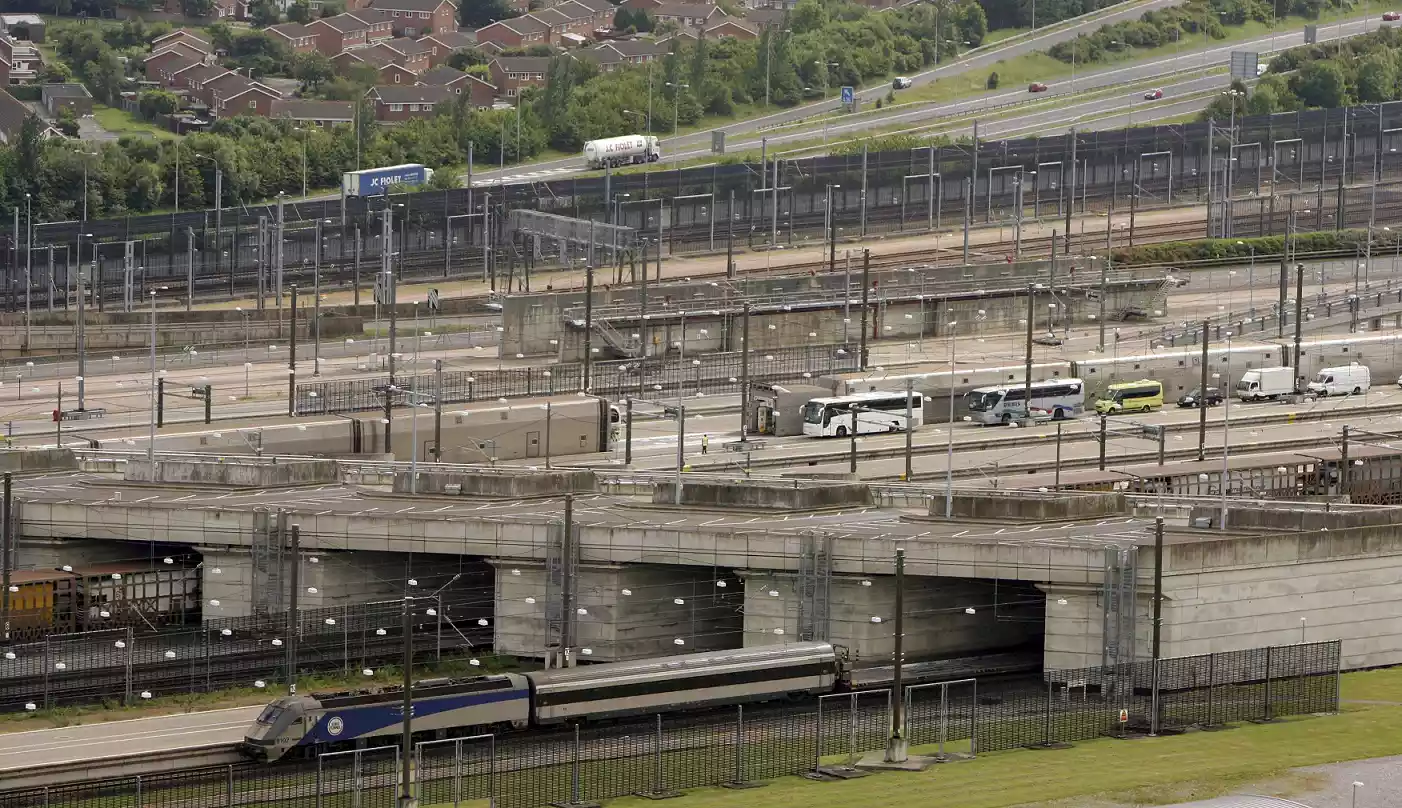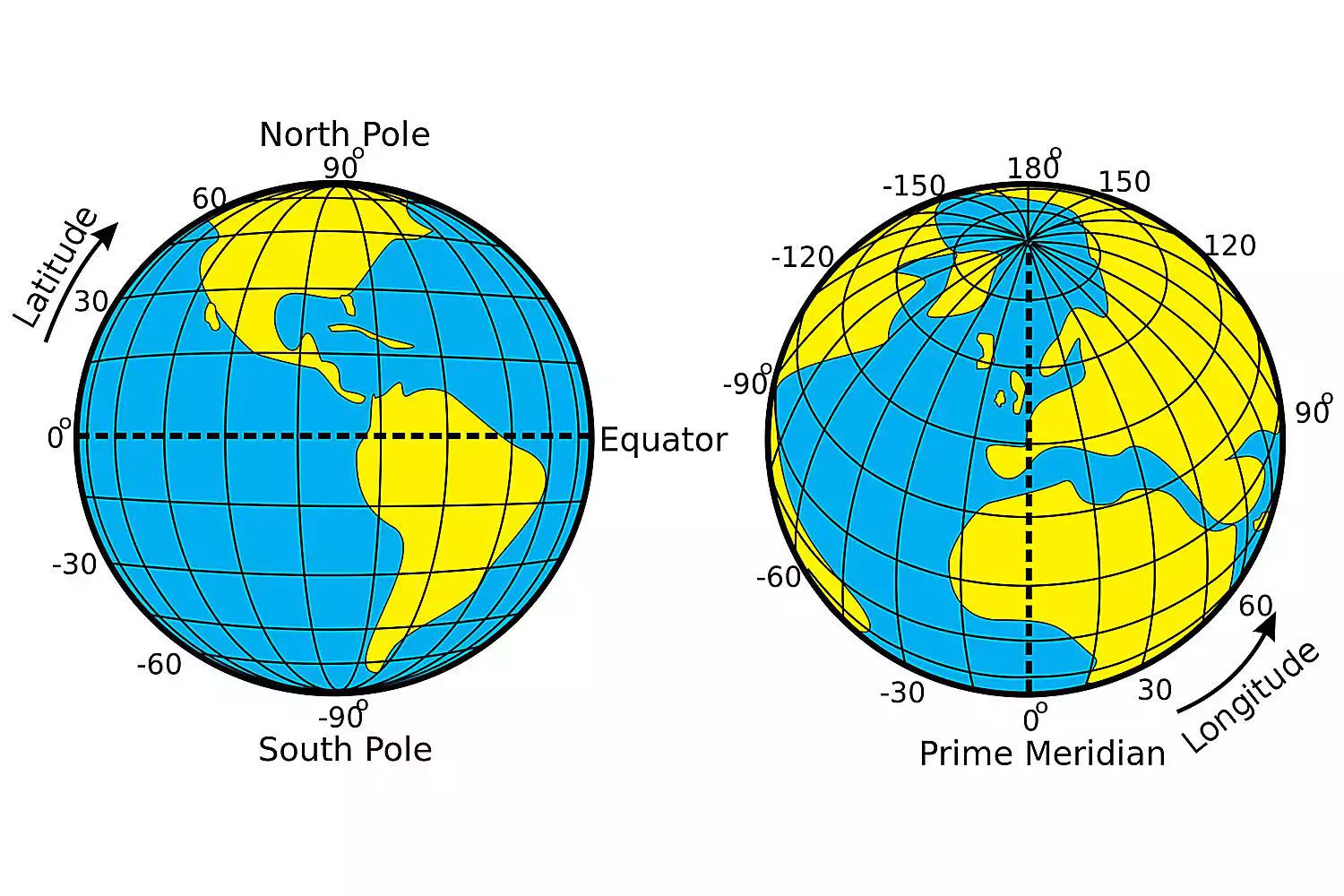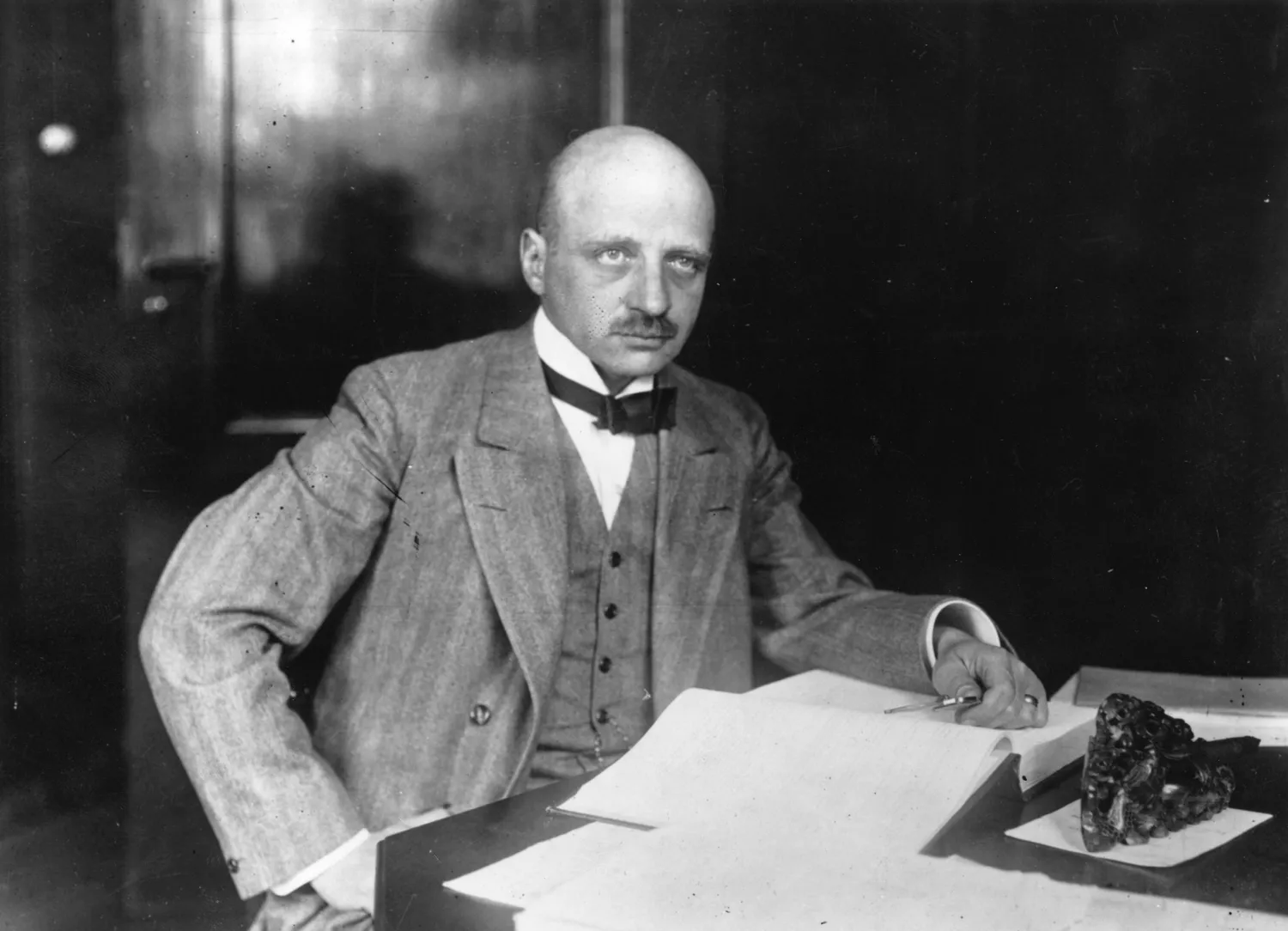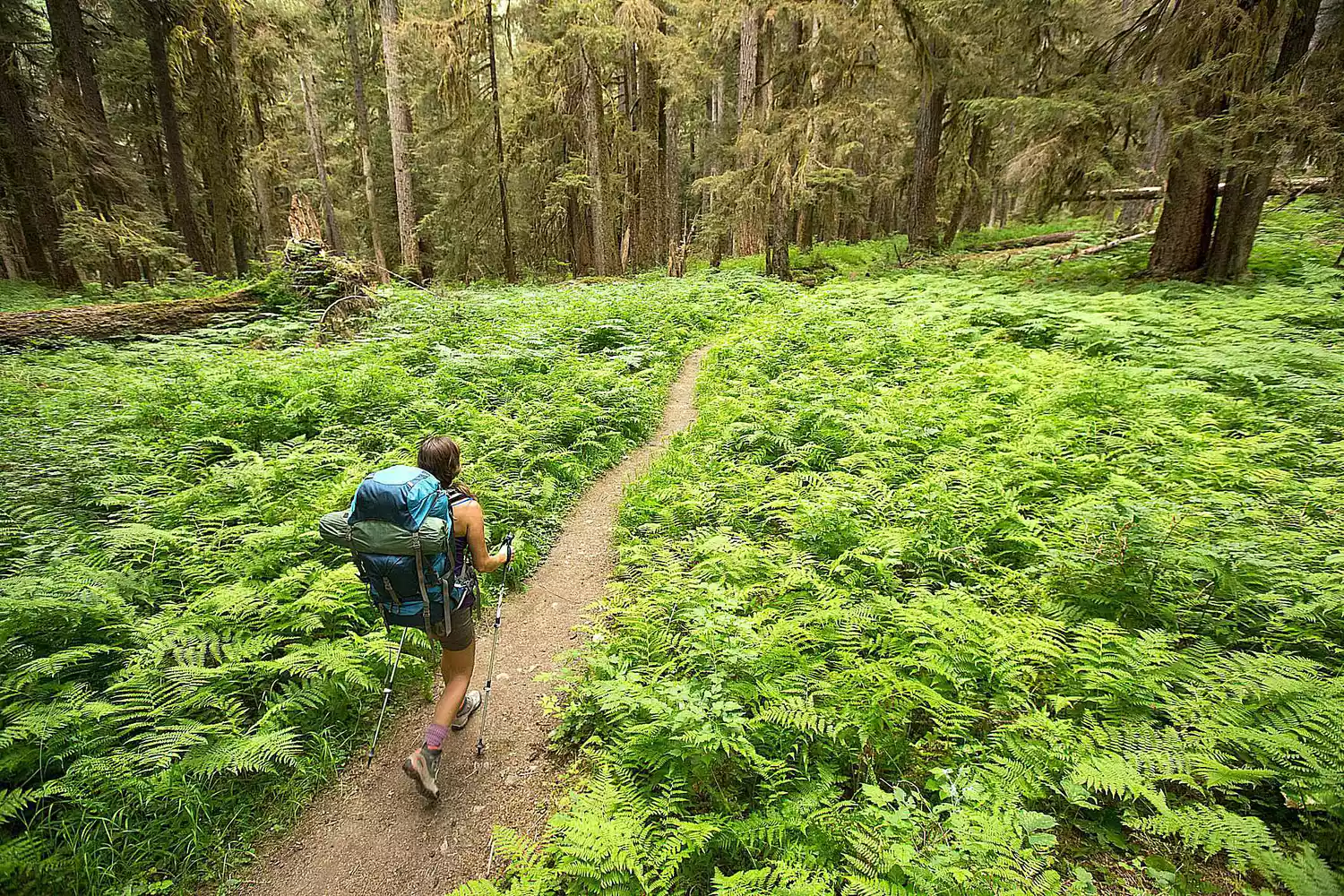Fun Facts About the Channel Tunnel

The Channel Tunnel is an underwater rail tunnel that runs beneath the English Channel, connecting Folkestone, Kent in the United Kingdom to Coquelles, Pas-de-Calais in France. It is more colloquially known as the Chunnel.
The Channel Tunnel officially opened on May 6, 1994. An engineering feat, the Channel Tunnel is an impressive piece of infrastructure. Over 13,000 skilled and unskilled workers were hired to build the Channel Tunnel.
Do you know how much a ticket through the tunnel costs? How long are the tunnels? And what does rabies have to do with the history of the Channel Tunnel? Learn how to answer these questions with this list of interesting and fun facts about the tunnel.
How Many Tunnels
The Channel Tunnel consists of three tunnels: two running tunnels carry the trains and a smaller, middle tunnel is used as a service tunnel.
Cost of Fare
The cost of tickets to use the Channel Tunnel varies depending on what time of day you go, the day and the size of your vehicle. In 2010, prices for a standard car ranged from £49 to £75 (about $78 to $120). You can book travel online.
Channel Tunnel Dimensions
The Channel Tunnel is 31.35 miles long, with 24 of those miles located under water. However, since there are three tunnels that travel from Great Britain to France, with many small tunnels that connect the three main ones, the total tunnel length is about 95 miles worth of tunnel. It takes a total of 35 minutes to travel across the Channel Tunnel, from terminal to terminal.
The "running tunnels," the two tunnels on which the trains run, are 24-feet in diameter. The northern running tunnel carries passengers from England to France. The southern running tunnel carries passengers from France to England.
Cost of Construction
Although at first estimated at $3.6 billion, the Channel Tunnel project came in way over budget at over $15 billion when finished.
Rabies
One of the biggest fears about the Channel Tunnel was the potential spread of rabies. In addition to worrying about invasions from the European mainland, the British were worried about rabies.
Since Great Britain had been rabies-free since 1902, they worried that infected animals could come through the tunnel and reintroduce the disease to the island. A lot of design elements were added to the Channel Tunnel to make sure this could not happen.
The Drills
Each TBM, or tunnel boring machine, used during construction of the Channel Tunnel was 750 feet long and weighed over 15,000 tons. They could cut through the chalk at a rate of about 15 feet per hour. In total, 11 TBMs were needed to build the Channel Tunnel.
The Spoil
"Spoil" was the name used for the chunks of chalk removed by the TBMs while digging the Channel Tunnel. Since millions of cubic feet of chalk would be removed during the project, a place had to be found to deposit all this debris.
The British Solution to Spoil
After much discussion, the British decided to dump their portion of the spoil into the sea. However, so as not to pollute the English Channel with chalk sediment, a gigantic sea wall made of sheet metal and concrete had to be built to keep the chalk debris contained.
Since the chunks of chalk were piled higher than sea level, the resulting land that was created totaled about 73 acres and was eventually called Samphire Hoe. Samphire Hoe was seeded with wildflowers and is now a recreation site.
The French Solution to Spoil
Unlike the British who were concerned about ruining the nearby Shakespeare Cliff, the French were able to take their portion of the spoil and dump it nearby, creating a new hill that was later landscaped.
Fire
On November 18, 1996, many people's fears about the Channel Tunnel came true--a fire raged in one of the Channel Tunnels.
As a train raced through the southern tunnel, a fire had started on board. The train was forced to stop in the middle of the tunnel, not close to either Britain or France. Smoke filled the corridor and many of the passengers were overwhelmed by the smoke.
After 20 minutes, all the passengers were rescued, but the fire continued to rage. The fire managed to do considerable damage to both the train and the tunnel before it was put out.
Illegal Immigrants
The British were afraid of both invasions and of rabies, but no one had considered that thousands of illegal immigrants would try to use the Channel Tunnel to enter into the United Kingdom. Many additional security devices have had to be installed to try to inhibit and stop this large influx of illegal immigrants.









